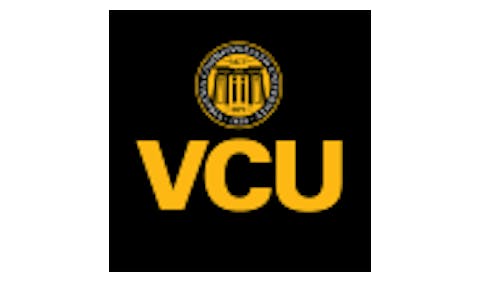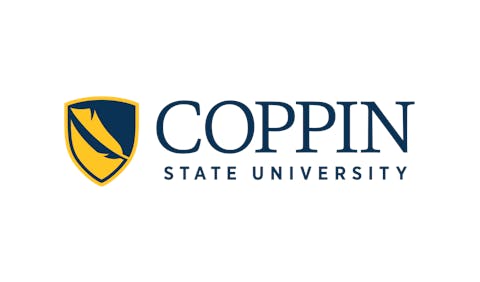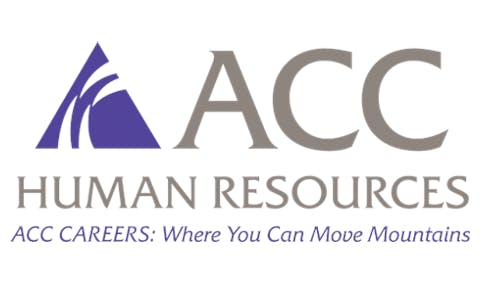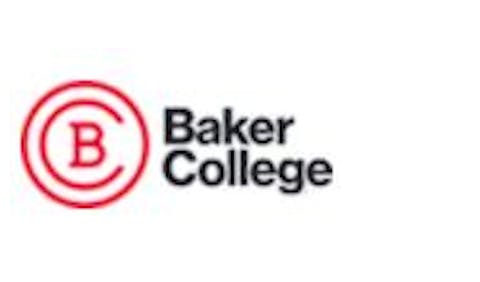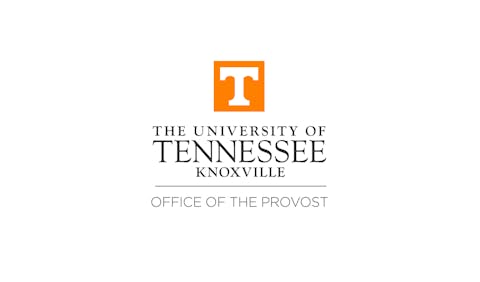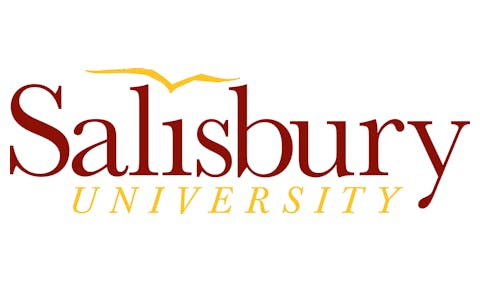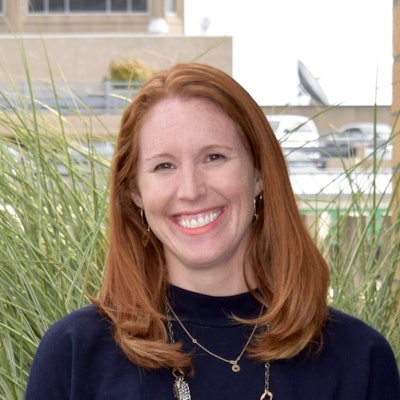 Dr. Elizabeth Meza
Dr. Elizabeth Meza
Students pursuing bachelor's degrees at community colleges pay substantially less than their counterparts at four-year universities, but the affordability of these programs depends heavily on where students live, according to a new study from the University of Washington.
The research, which analyzed Community College Baccalaureate (CCB) programs across 15 states, found that CCB students pay an average annual net price of $8,195 compared to $14,190 at public universities, a difference of nearly $6,000 per year. Average tuition and fees for CCB programs were $5,417 annually versus $10,022 at public four-year institutions.
"CCB degrees represent a promising policy lever for addressing the college affordability crisis," said Dr. Elizabeth Meza, the study's author and a senior research scientist at the University of Washington's Evans School of Public Policy & Governance.
The findings come as college affordability remains a critical barrier to higher education access, with recent surveys showing 56% of U.S. adults cite cost as a major reason for not attending college.
The study revealed striking differences in costs across states. Texas offered the lowest CCB tuition at just $2,957 annually, while Michigan had the highest at $10,630—a difference of more than $7,600 per year.
In California, Florida, and Texas—three states that together confer 84% of all CCB degrees—annual tuition remained under $3,500. These three states, along with Washington, accounted for over 11,000 of the 15,297 CCB graduates nationwide in 2021-22.
The research found that financial aid covers 43% of total attendance costs at community colleges compared to just 30% at public universities, reflecting CCB programs' effectiveness in reaching high-need populations.
Data from Texas and Washington suggests CCB programs are reaching students with significant financial need. In Texas, 79% of CCB students received Pell grants in 2021, compared to approximately 42% of all Texas undergraduates. In Washington, 48.5% of CCB students received need-based financial aid, higher than the 36.3% rate for all community college students statewide.
CCB students tend to be older—averaging 32 years old in Washington versus 23 for community college students overall. About three-fourths of Texas CCB students were 25 or older. Many are working adults with caregiving responsibilities who described local CCB programs as the only affordable option that would allow them to continue working while earning their degree.
The study identified a critical need for improved data collection. In nine states where community colleges charge higher tuition for upper-division courses, comprehensive data on cost of attendance and net prices for CCB programs is not publicly available, limiting transparency for prospective students and policymakers.
Meza recommends that state policymakers consider expanding authorization and funding for CCB programs, particularly in high-demand fields like nursing, teaching, and business management. However, she notes that better outreach is needed, as many potential students remain unaware of CCB programs as an affordable pathway to a bachelor's degree.
The research analyzed data from Arizona, California, Colorado, Florida, Georgia, Idaho, Michigan, Nevada, Ohio, Oklahoma, Oregon, Texas, Washington, West Virginia, and Wyoming—states where at least two institutions offered bachelor's degrees in three or more CCB programs as of January 2025. Currently, 24 states authorize CCB degrees, offered at 187 community colleges nationwide, representing about 15% of all U.S. community colleges.










